Eco friendly with nature……….
A Green House should exhibits following principles:
1) Optimizing use of the sun
2) Improving indoor air quality
3) Using the land responsibly
4) Creating high-performance and moisture-resistant houses
5) Wisely using the Earth’s natural resources
When you are building, renovating, or choosing interior finishes and materials for your home, consider some of the following actions and measures you can take to incorporate these principles for more healthy, efficient, and sustainable living.

1) OPTIMIZING Use of the SunMost of us relies on oil, coal, natural gas, and other fossil fuels to heat and cool our homes. Not only are these resources expensive and polluting, they are also being rapidly depleted. A simple and cost-effective alternative is to plug your house into the sun by either active or passive strategies.
Active strategies use solar panels that turn the sun’s heat into energy.
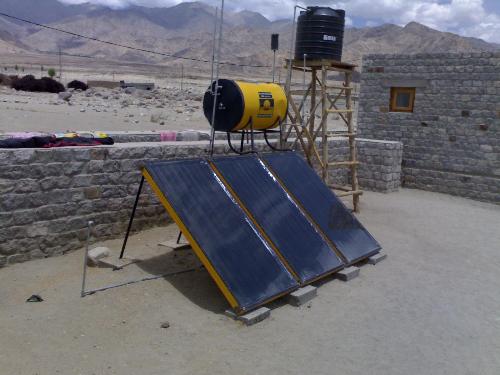
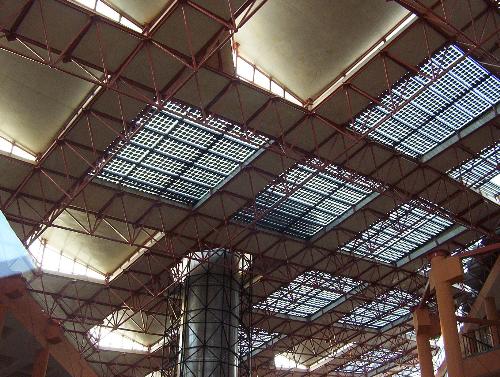
Adopting passive strategies means that you do some of the following:
· Design and orient the house to minimize summer afternoon solar heat gain and optimize winter solar heat gain. This means orienting the long sides of the house to face south and north and creating roof overhangs and landscaping that shade the east, south, and west sides of the house.
· Situate the house to take advantage of prevailing breezes during the spring, summer, and fall. Not only are these breezes valuable for cross-ventilation in the house, but they can make screened-in rooms and porches more comfortable places to live.
· Plant shade trees and shrubs around your house. In summer, well-placed foliage helps keep the house cool, while bare branches in winter let the sunlight through to warm the house.
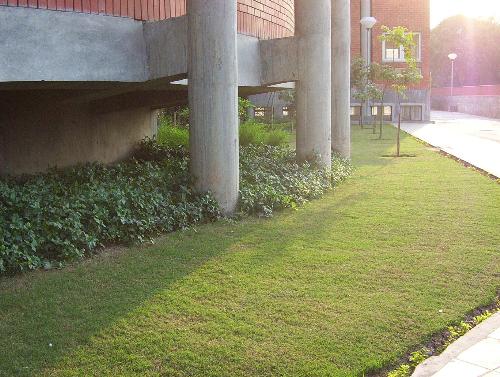

maximizing the sunlight advantage----these glass shells are oriented to have maximum sunlight but not the heat......
2) IMPROVING Indoor Air Quality
Improve air quality in your home by increasing ventilation, choosing non toxic materials and using air filters.
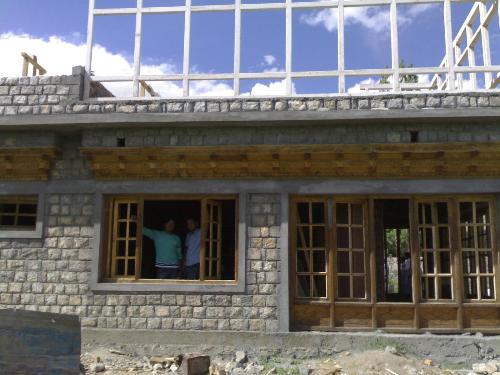
There are measures that can be taken to improve indoor air quality:
· Select materials, such as those without formaldehyde, that limit off-gassing, have minimal or no toxic properties, and do not shed dust or fiber.
· Use the exhaust fan over your stove to remove gases like carbon monoxide. Use fans in the bathroom to remove water vapors that can cause molds to grow.
3) Using the Land Responsibly
You can create a sustainable house by making good use of the land your house sits on and by considering the impact of the house on the surrounding environment. When looking to buy a new home, consider the following advantages:
· Buy a smaller, more compact house on a lot that is located near work, public transportation, and community services to save fuel and money.
· Choose a neighborhood where houses are clustered closer together, leaving more open space for residents to enjoy and helping to preserve the natural landscape.
· Use landscaping rather than paved surfaces, which impede storm water infiltration, often resulting in the contamination of local water sources.
4) Creating High-Performance and Moisture-Resistant Houses
The roof, walls, windows, and doors of a house create an envelope that protects residents from the weather and intruders, including pests, noise, and dirt. It also controls the entry of sunlight and, most importantly, helps maintain indoor comfort. Maintaining a constant level of comfort is often wasteful and expensive but can be done efficiently and economically by the following means:
· Create a building envelope with more durable and energy-efficient materials that reduce drafts, balance room temperatures, control moisture, and save on heating and cooling costs.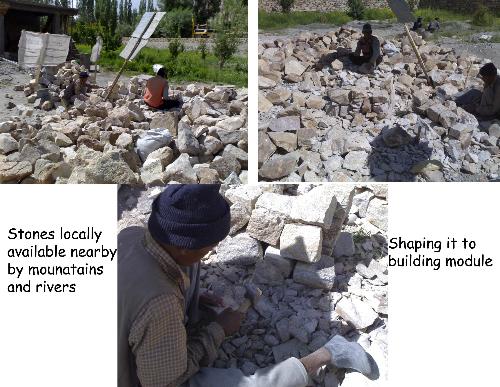
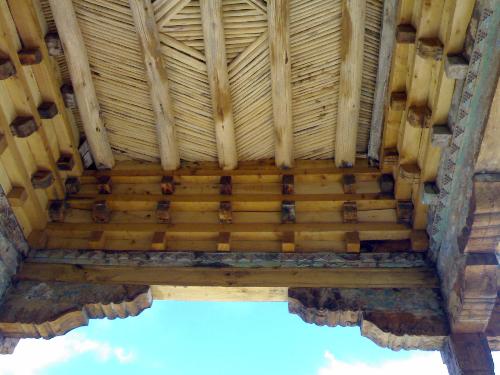
Bamboo used as roofing material----easily locally avialable,reducing the cost and energy efficient.....
· Seal any gaps or cracks where moisture can get in and heat or cooling can leak out.
5)Wisely Using the Earth’s Natural Resources
The earth provides us with a finite amount of natural resources and it is our responsibility to make them last. It is also up to us to use these resources in ways that are not detrimental to the environment or our health. When selecting products and materials to use in your home, look for ones that have:
High levels of:
Renewability, Reusability & Durability Low levels of:
Embodied energy, or energy required to extract, process, transport materials..
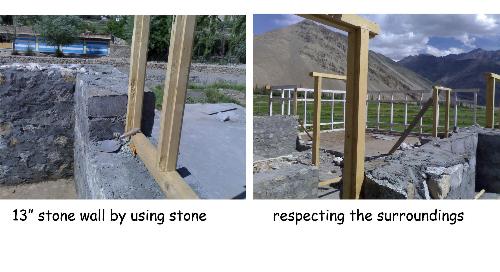
Its an image of a house in laddak...stone is easily avialable and a very good source for building material.
this 13 inches wall of stone will protect the indoor environment,and will serve as a cost effective material.
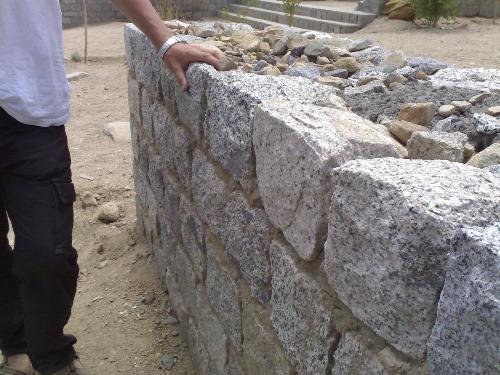
stone wall with cavity--helps to control the thermal insulation,therby reducing energy consumption.
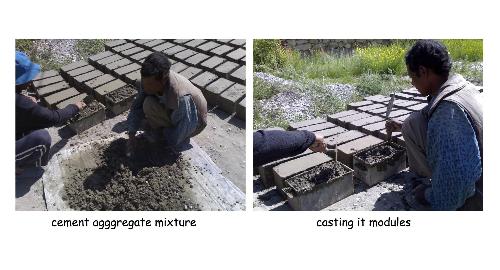
Developing homes and communities that deliver the lifestyles and working environments people truly value...
CONTACT GHAREXPERT.COM
|